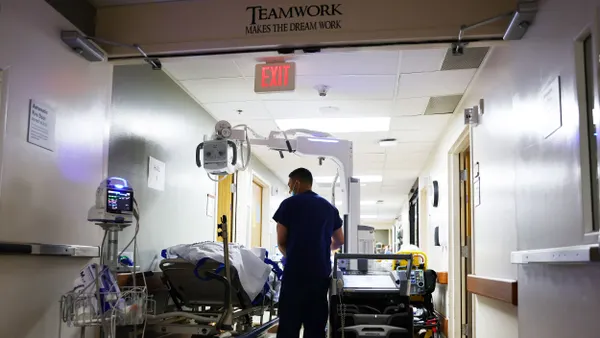Dive Brief:
- Hot on the heels of the HHS and ONC announcement of $36 million in government grants to promote interoperability, the Healthcare Information and Management Systems Society has sent a letter to Congress mapping out four ways the legislative branch could push the interoperability train a little further down the track.
- The letter underscored the importance of interoperability in health IT before outlining four key areas where Congress can lend a hand: Boosting security, helping to solidify quality reporting standards, creating a Health IT Safety Center (as called for by the FDA's Safety and Innovation Act) and promoting nationwide transmission standards and testing tools for developers.
- "Health IT is fundamental to transforming healthcare. However, in order for technology to reach its full potential to smooth transitions between healthcare settings, help control costs and improve quality of care the technology has to be interoperable," the letter stated. "Positively transforming our nation's healthcare system requires, among other things, widespread, secure, interoperable exchange of health information. The nation's healthcare infrastructure cannot yet adequately communicate between vendors, care settings, between providers, and between providers and patients."
Dive Insight:
Just about every industry association, not-for-profit advocacy group, professional society and thought leader has expressed the idea that health IT without interoperability will wind up being about as useful as an iPad after it was dropped in the swimming pool.
So, why do we need another push from an industry group? Because there is a legitimate concern among those in the know that interoperability still may not happen anytime soon, if ever. The reasons why people believe that are many, but the core of it is this: Healthcare has always been a tightly-regulated industry, while technology has not.
In healthcare, standards for care are set via a complex process of regulatory oversight of medical advances, many new treatments taking years to be approved for testing on human patients. In technology, new advances take place almost daily in a matrix of unregulated development cycles. Standards are developed and achieved by the marketplace, with consumers picking the platforms they prefer, allowing obsolete ones to wither and die on the vine. Is anyone out there still using RealPlayer to watch videos online? Who still uses MySpace for its original networking function?













